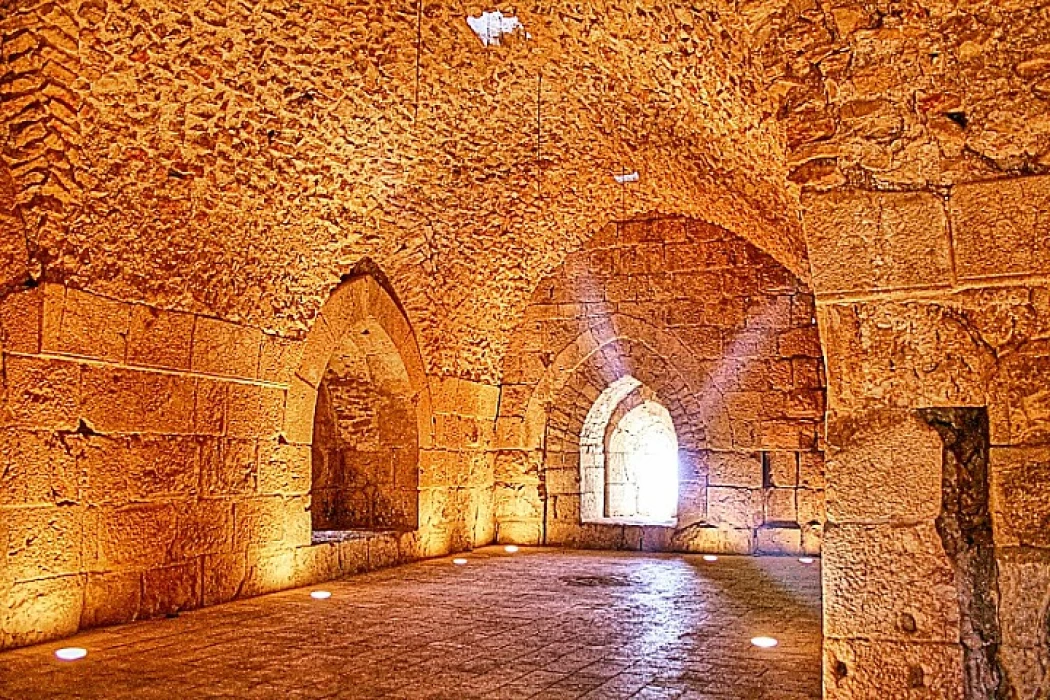
Ajloun Fortress: A Historical Marvel
Facts about Ajloun fortress
The Salahuddin Ayubi castle served as the main line of defense for Islam and served as a symbol of bravery and laborious resistance to the Crusaders' incursions. Located atop a hill, this magnificent building provides an excellent view over Latakia, a city in Syria.
It is one of the most important historical monuments that tells the stories of jihad and the defense of the land and the show. This castle was originally built to be a strategic point for repelling crusaders' attacks and defending the surrounding Muslim areas. It was characterized by its unique architectural design, which reflected the ingenuity and craftsmanship that Muslims enjoyed at the time.
Ajloun Castle, also known as the medieval Al-Raqab Castle, is a 12th-century Islamic castle located in northwest Jordan. It was built on a peak belonging to the Jebel Ajlon region, also known as Jebel Auf relative to the Bedouin tribe that captured the area in the 12th century.
The castle was guarding three valleys descending towards the Jordan Valley. It was built by Ayubis in the twelfth century and expanded by Mamluk in the thirteenth century. The name "Ajlon" dates back to a Christian monk who lived on this mountain during the Byzantine period. The evolution of the suburb around the castle led to its second name, Al-Raqab Castle, which means "the suburban castle" or "the castle with the suburbs."
The castle was rebuilt as a castle in 1184 by Ezzedine Osama, a general of the Army of Salahuddin. The castle controlled traffic on the road linking Damascus and Egypt. From its location, the castle dominated a wide area of the northern Jordan Valley, controlled the three main passages that led to it, and protected communication routes between southern Jordan and Syria. Ajloun Castle opens its doors for tourism. Tourists can visit many areas of the castle. Within the castle, there is also a museum exhibition with many exciting artefacts from different time periods of the area.
Archaeological discoveries in Ajlon.
- Ajloun Castle
- Roman archaeological sites
- Byzantine Churches
- Old arenas and burials
- Old settlements
- Tools and crockery














